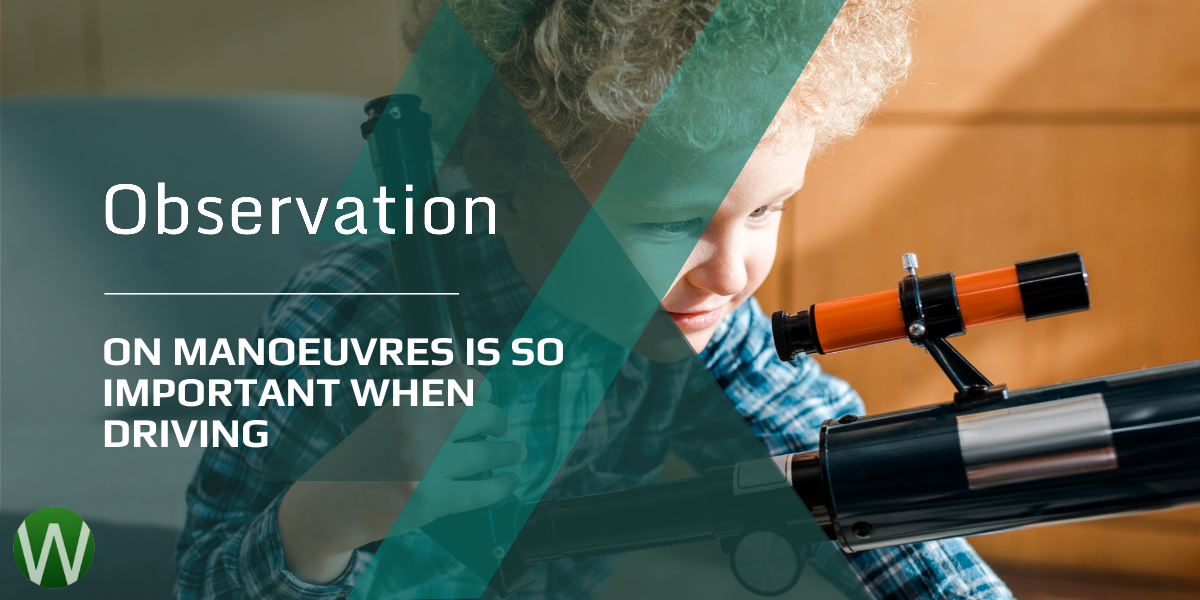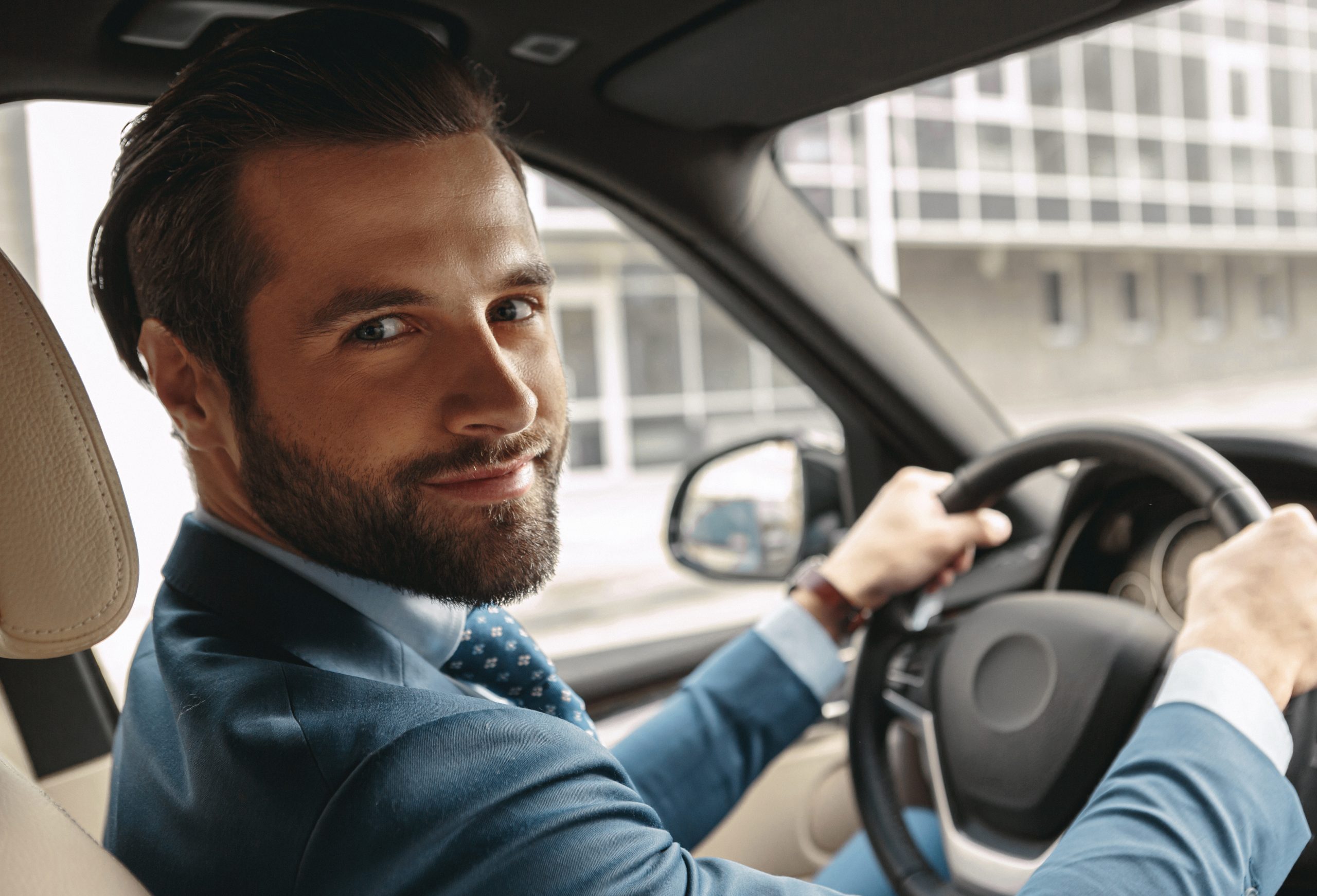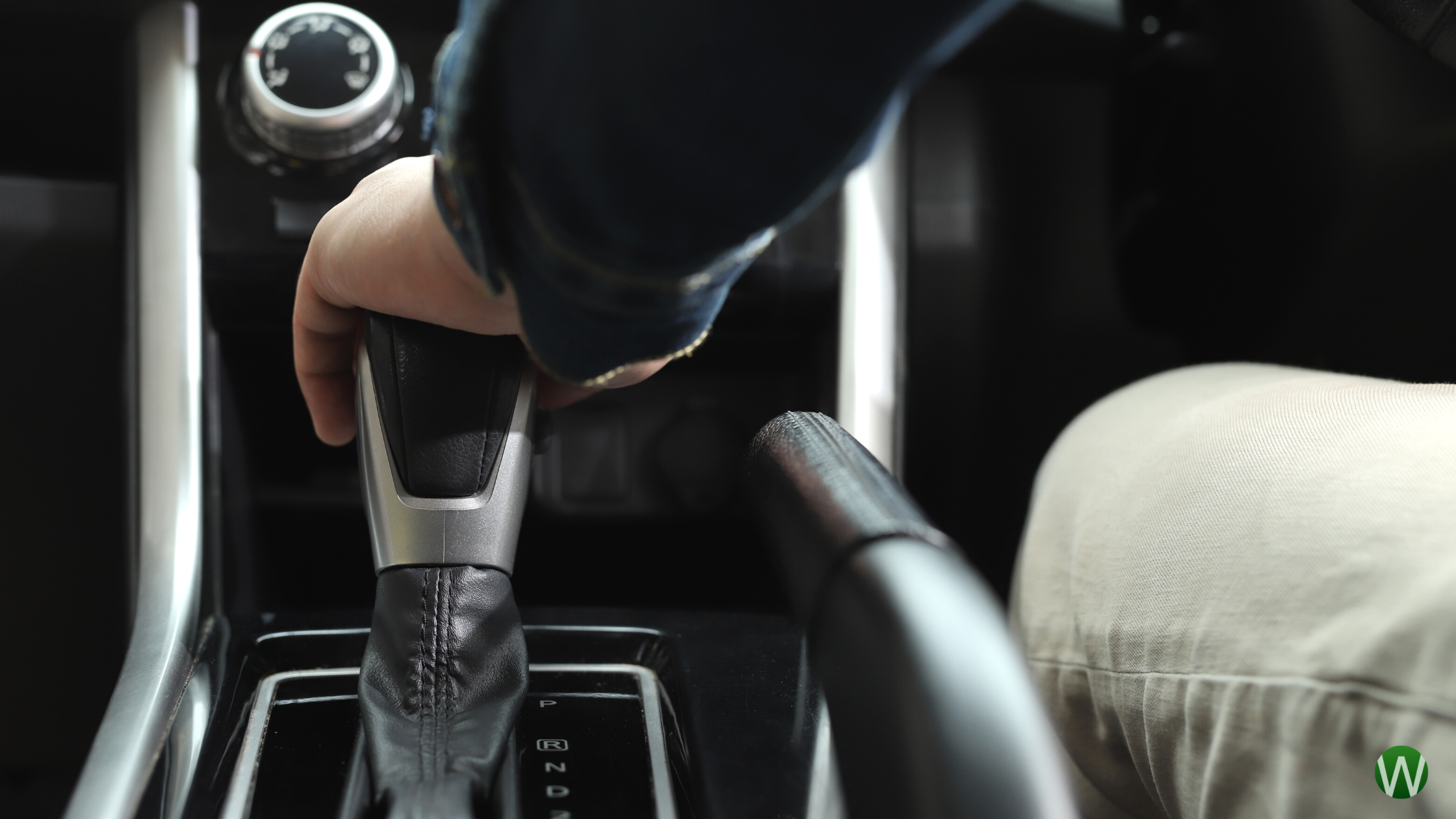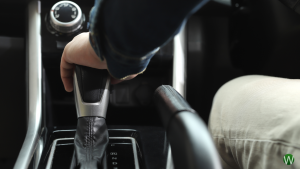Observations are one of the key components of the POM (Prepare, Observe, Move) routine, which should be undertaken during every driving manoeuvre. During a driving test, the examiner pays close attention to the driver to ensure they are making the correct observations, which vary depending on which manoeuvre is being performed.
However, even outside of a test situation, the most perfectly performed manoeuvre can become a disaster if the driver fails to observe correctly.
Many manoeuvres involve reversing, which can be difficult for any driver, whether they are newly qualified or have had their licence for decades.
Observations before reversing are essential to ensure that it is a safe time to do the manoeuvre, as there could be a pedestrian, animal, or another vehicle behind the car. If there is, obviously the driver must stop and wait for them to pass. If this initial observation isn’t completed, there is a risk of hitting someone, or getting into an accident.
A common manoeuvre both during a driving test and as a qualified driver is reversing round a corner. If a driver misses a turning and needs to turn around, this is often the safest and fastest way of correcting their route.
Observations are especially important during this manoeuvre, as the front end of the car moves out into the middle of the road during the turn. Because of this, constant all-round observations are required to ensure that no pedestrians or other vehicles will be affected by the manoeuvre.
If they are, then again, the driver must stop and wait for them to pass before continuing.
The same observations are required during the parallel parking manoeuvre, as the front of the car swings across the middle of the road when the car is reversing into the parking space.
However, more observations are required during parallel parking, because the driver must also ensure that the front of the car isn’t too close to the vehicle they are parking behind, as this would cause unnecessary damage to both vehicles.
These are just some examples of why observations are required during manoeuvres, but generally speaking, the more observations made by the driver, the safer the manoeuvre will be.
Observations are part of the POM routine for good reason, as they should be carried out each time the car moves off or changes direction.
By doing so, the driver will ensure maximum safety for themselves, their passengers, and any other nearby road users.






